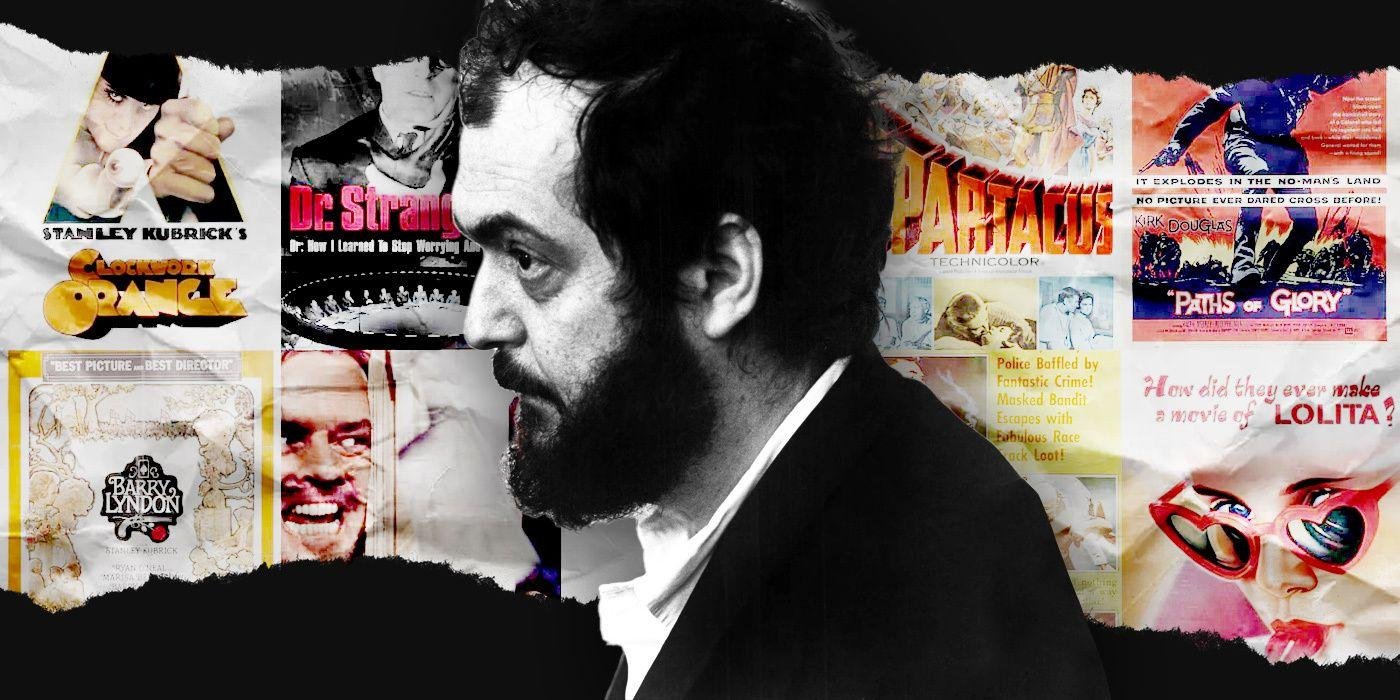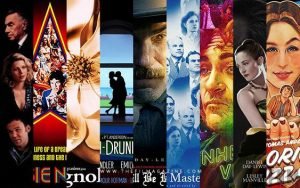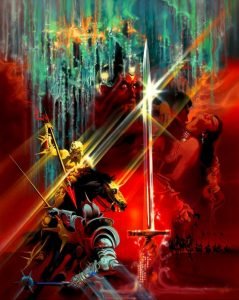Uncovering the Genius of Stanley Kubrick: A Journey Through His Films
Stanley Kubrick is a name that echoes in the halls of cinema history. He is considered one of the most influential and revered filmmakers of all time, with a filmography spanning over four decades. From his early works in the 1950s to his final film in 1999, Kubrick’s films have left an indelible mark on cinema. In this article, we’ll take a journey through his films and uncover the genius of Stanley Kubrick.
Stanley Kubrick is a name that echoes in the halls of cinema history. He is considered one of the most influential and revered filmmakers of all time, with a filmography spanning over four decades. From his early works in the 1950s to his final film in 1999, Kubrick’s films have left an indelible mark on cinema. In this article, we’ll take a journey through his films and uncover the genius of Stanley Kubrick.

Introduction to Stanley Kubrick and his impact on cinema
Stanley Kubrick is widely regarded as one of the greatest filmmakers in the history of cinema. His filmography boasts of some of the most iconic movies ever made, including “2001: A Space Odyssey,” “A Clockwork Orange,” and “The Shining.” Kubrick’s impact on cinema is undeniable, his unique visual style and storytelling techniques continue to inspire filmmakers today. His meticulous attention to detail and perfectionism has influenced countless filmmakers and continues to shape the film industry. Stanley Kubrick‘s legacy is one that will continue to inspire and influence future generations of filmmakers.
Early films and the development of his style
Stanley Kubrick is undeniably one of the most influential filmmakers of all time. His films are known for their unique visual style, complex themes and meticulous attention to detail. Kubrick’s early films, such as “The Killing” and “Paths of Glory,” showcased his developing style as a director. These films were marked by their use of innovative camera techniques, deep focus cinematography and unconventional storytelling methods. Kubrick’s early work set the stage for his later, more ambitious films, such as “2001: A Space Odyssey” and “A Clockwork Orange,” which would cement his status as a true cinematic genius.
“Dr Strangelove or
Dr. Strangelove or: How I Learned to Stop Worrying and Love the Bomb is one of Stanley Kubrick’s most iconic films. The 1964 political satire is a darkly comedic take on the Cold War and the potential for nuclear annihilation. The film features a standout performance by Peter Sellers, who portrays multiple characters, including the titular Dr. Strangelove, a wheelchair-bound former Nazi scientist. Dr. Strangelove remains a timeless classic and a testament to Kubrick’s unparalleled vision as a filmmaker. Its bold, biting satire and impeccable direction make it a must-see for any cinephile.

“2001
Stanley Kubrick‘s “2001: A Space Odyssey” is one of the most iconic films in cinema history. Released in 1968, it was a groundbreaking achievement in both storytelling and visual effects. The film explores themes of human evolution, artificial intelligence, and the mysteries of the universe in a way that was revolutionary for its time. From the stunning visuals of space travel to the hauntingly beautiful score, “2001” remains a cinematic masterpiece that continues to captivate audiences over 50 years later.
“A Clockwork Orange” and its controversial themes
“A Clockwork Orange” is a classic and controversial film by Stanley Kubrick that explores themes such as violence, free will, and the ethics of behavioral modification. The movie follows the story of Alex, a young delinquent who engages in extreme acts of violence and eventually undergoes an experimental treatment that eliminates his ability to make moral choices. While the film has been praised for its innovative cinematography and use of music, it has also been criticized for its graphic depictions of violence and its bleak portrayal of humanity. Despite the controversy, “A Clockwork Orange” remains one of Kubrick’s most iconic and thought-provoking films.
“Barry Lyndon” and the use of natural lighting
“Barry Lyndon” is a masterpiece of Stanley Kubrick’s filmography, known not only for its compelling storytelling but also for its groundbreaking use of natural lighting. The film was shot almost entirely using natural light sources, such as candles and fireplaces, creating a unique and authentic atmosphere. Kubrick’s attention to detail in creating a realistic 18th-century ambiance is remarkable, and the use of natural lighting serves as a testament to his technical mastery. “Barry Lyndon” is a must-watch for anyone interested in the history of cinema and the art of filmmaking.

“The Shining” and the horror genre
When it comes to horror movies, “The Shining” stands out as a masterpiece that has terrified audiences for decades. Directed by Stanley Kubrick, the film follows a family staying at an isolated hotel during the winter, where supernatural forces begin to drive the father insane. With its eerie atmosphere, haunting score, and iconic scenes, “The Shining” has become a landmark in the horror genre. Kubrick’s attention to detail and use of symbolism add layers of complexity to the story, making it more than just a typical scary movie. Overall, “The Shining” is a must-see for horror fans and a testament to Kubrick’s mastery of filmmaking.
“Full Metal Jacket” and the Vietnam War
“Full Metal Jacket,” directed by Stanley Kubrick, is a powerful and realistic depiction of the Vietnam War. The film follows a group of young Marine Corps recruits as they endure grueling training before being sent to fight in the war. Kubrick’s attention to detail and use of dark humor adds a layer of complexity to the film, showcasing the psychological toll that war takes on soldiers. The film’s portrayal of the Vietnam War is both intense and haunting, leaving a lasting impact on viewers. “Full Metal Jacket” is a must-see for anyone interested in Kubrick’s filmography or the history of the Vietnam War.
“Eyes Wide Shut” and Kubrick’s final film
“Eyes Wide Shut” is Stanley Kubrick’s final film and is known for its controversial themes and exploration of human sexuality. Starring Tom Cruise and Nicole Kidman, the film follows a wealthy doctor who embarks on a bizarre and surreal journey after his wife confesses to having sexual fantasies. Kubrick’s attention to detail and use of symbolism throughout the film has led to various interpretations of the story’s meaning. Despite mixed reviews upon its release, “Eyes Wide Shut” has since gained a cult following and is considered to be a thought-provoking addition to Kubrick’s impressive filmography.
Legacy and ongoing influence in modern cinema
Stanley Kubrick‘s filmography has left a lasting legacy and ongoing influence in modern cinema. Known for his unique style and attention to detail, Kubrick’s films continue to inspire and challenge filmmakers today. From his groundbreaking use of music in “A Clockwork Orange” to his mesmerizing cinematography in “The Shining,” Kubrick’s films are timeless masterpieces that have stood the test of time. Even after his passing, his influence is still present in the work of contemporary directors, and his impact on modern cinema is undeniable. With his ability to push boundaries and challenge the status quo, Kubrick has cemented his place as a true icon in the world of cinema.
For more information about Stanley Kubrick’s filmography, including movie details, cast information, etc..
check out the filmaffinity page.



